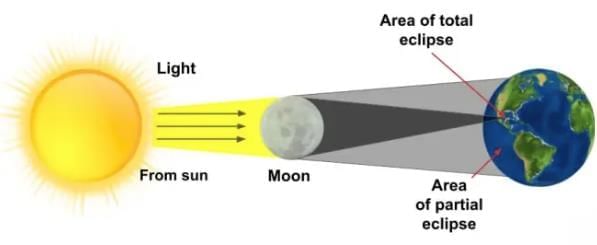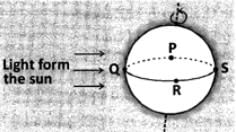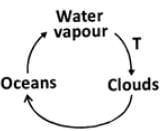Science Practice Test - 2 - Class 5 MCQ
20 Questions MCQ Test Science Class 5 - Science Practice Test - 2
Light, small and dry seeds are dispersed by which of the following seed dispersal mechanisms?
Which part of the cactus helps it to reduce water loss to the hot and dry surroundings?
Which phenomenon is being experimented in the given figure?

Which of the following gases is used in fizzy drinks to get tingling taste?
Before the seedling starts to make food, the seedling gets its food from
Diagram given below shows four cities P, Q, R and S on the Earth. Which city is having night-time?

A carpenter had a mixture of small iron nails and saw dust. Which of the following is the easiest way to separate iron nails from the saw dust?
What can occur due to the entry of germs through cut skin?
Which of the following groups of animals have scales on their body surfaces?
|
42 videos|210 docs|45 tests
|















